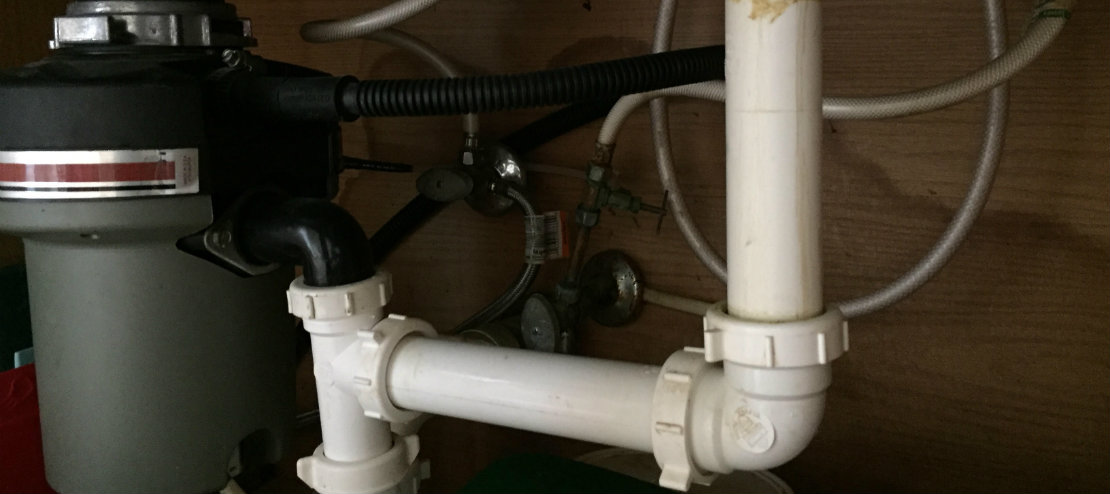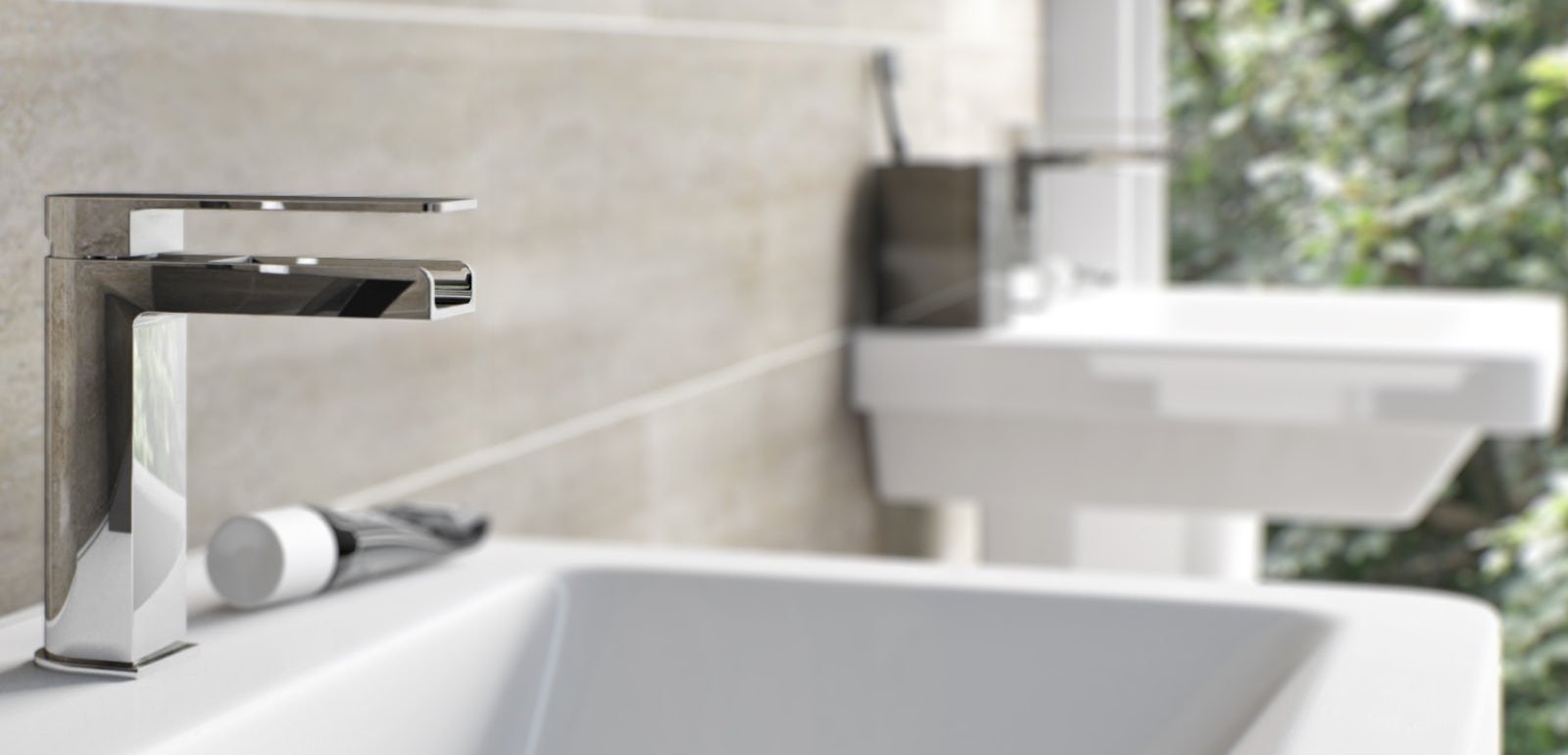What're your insights and beliefs about Plumbing basics: How your home plumbing works?

Plumbing is a necessary aspect of any type of home, in charge of supplying tidy water for drinking, food preparation, and bathing, along with removing wastewater safely. Recognizing the basics of home plumbing is vital for every single property owner to make sure correct upkeep, troubleshooting, and, if necessary, repair services. In this newbie's guide, we'll cover the essential ideas of home plumbing to aid you become much more accustomed to how it works.
Water Heating Unit
The water heating unit is responsible for home heating water for residential use, consisting of showering, cooking, and cleaning. Typical kinds of hot water heater consist of tank-type hot water heater, tankless (on-demand) hot water heater, and heatpump hot water heater. The hot water heater is attached to the supply of water system and provides hot water to plumbing fixtures as needed.
Drain System
The drain system eliminates wastewater from your home and brings it away to a sewage treatment facility or septic system. It consists of a network of pipes, fittings, and components that transport wastewater from plumbing fixtures to the main sewage system line or septic system. Correct water drainage is vital to protect against blockages, backups, and sewage leaks.
Air flow System
The air flow system assists preserve proper air pressure and prevent sewage system gases from entering your home. Air vent pipes, also known as vent stacks, expand from plumbing components to the roofing, enabling sewer gases to escape securely outside. Ventilation pipelines likewise enable air to get in the water drainage system, assisting in smooth wastewater flow and preventing suction or vacuum cleaner impacts.
Supply Of Water System
The water supply system brings tidy water into your home from a metropolitan water source or a private well. It contains a primary water line that connects to your home's plumbing system, generally located underground. A water meter gauges the quantity of water consumed, while a shut-off shutoff allows you to manage the flow of water right into your home.
Plumbing Fixtures
Plumbing components are devices that supply water to different parts of your home and consist of sinks, faucets, commodes, showers, bathtubs, and devices such as dishwashing machines and cleaning devices. Each component is linked to the water supply system by means of pipes and fittings and might have its shut-off shutoff for maintenance or emergency situations.
Common Plumbing Devices
Having the right tools handy is essential for doing basic plumbing repair services and upkeep tasks. Typical plumbing devices include adjustable wrenches, monkey wrench, pliers, pipe cutters, hacksaws, plungers, augers (or drainpipe snakes), and Teflon tape. Having these tools easily offered can help you deal with small plumbing issues effectively.
Standard Plumbing Repairs
While some plumbing repair services might require professional help, several common problems can be attended to with standard DIY techniques. Discovering just how to fix a dripping faucet, unclog a drain, replace a bathroom flapper, or fix a trickling showerhead can conserve you time and money on plumbing repair work.
Final thought
Recognizing the fundamentals of home plumbing is vital for every home owner to preserve a safe, useful, and efficient plumbing system. By acquainting on your own with the supply of water system, plumbing components, drain system, air flow system, common plumbing tools, and standard repair work, you can confidently deal with small plumbing concerns and ensure your home's plumbing system operates smoothly.
Plumbing for Beginners: A Comprehensive Guide
If you’re a beginner when it comes to plumbing, don’t worry; you’re not alone. Plumbing may seem intimidating, but with the right knowledge and a little practice, you can handle many common plumbing issues on your own. In this comprehensive guide, we will demystify the world of plumbing for beginners, providing you with the basic knowledge and skills needed to tackle common plumbing problems and even take on some DIY plumbing projects.
The Importance of Basic Plumbing Knowledge for Beginners:
First and foremost, basic plumbing knowledge gives you a solid foundation. It helps you grasp the key concepts and terminology that are essential in this field. By learning the basics, you’ll be able to build upon that knowledge and tackle more complex plumbing tasks in the future.
Having a basic understanding of plumbing also enables you to handle common issues that may arise in your home. Picture this: a leaky faucet or a clogged drain. With some basic plumbing knowledge, you’ll have the confidence to troubleshoot and fix these problems on your own. It saves you from unnecessary expenses and the hassle of waiting for a professional to arrive.
As a beginner, learning the basics of plumbing empowers you to take care of your own home. It gives you a sense of independence and self-reliance. You’ll no longer have to rely solely on professionals for every small issue that pops up. Instead, you can handle many tasks yourself, saving time and money in the process.
Remember, everyone starts as a beginner. Embrace the learning process and take small steps to expand your plumbing knowledge. There are plenty of online resources, tutorials, and even local workshops that talk about plumbing for beginners.
Essential Tools for Plumbing for Beginners
As you start your plumbing journey, having the right tools in your toolbox is crucial. Let’s explore some of the must-have tools:
Adjustable Wrench:
This versatile tool is a staple in any plumber’s toolbox. It allows you to tighten or loosen nuts and bolts of various sizes. Make sure to have an adjustable wrench with a comfortable grip.
Pipe Wrench:
A pipe wrench is specifically designed for gripping and turning pipes. It has serrated jaws that provide a strong grip, making it easier to loosen or tighten threaded pipes and fittings.
Plunger:
The plunger is a simple yet effective tool for clearing clogged drains and toilets. It creates suction when you push and pull, helping to dislodge blockages. Keep a good-quality plunger handy for those unexpected clogs.
Pipe Cutter:
When it comes to cutting pipes, a pipe cutter is your go-to tool. It creates clean, precise cuts without damaging the pipe. Look for a pipe cutter that can handle the pipe sizes you’re working with.
Hacksaw:
A hacksaw is useful for cutting through pipes, screws, and other materials. It’s a versatile tool that can handle different cutting tasks. Remember to use a blade suitable for cutting metal.
Tape Measure:
Accurate measurements are crucial in plumbing. A tape measure allows you to measure pipe lengths, distances, and dimensions accurately. Opt for a sturdy tape measure that extends a good length.
Pliers:
Pliers come in handy for various tasks, such as gripping, bending, and cutting. Slip-joint pliers with adjustable jaws are great for gripping pipes, nuts, and bolts.

Do you enjoy reading about What to Know About Plumbing: Basics, Tips, and Insights? Put a comment down the page. We will be glad to see your reactions about this piece. In hopes that you come back again before long. In case you enjoyed our blog entry please consider to share it. Thanks for being here. Revisit us soon.
Call Today